This story excerpt was translated from Spanish. To read the original story in full, visit Revista Nómadas. You may also view the original story on the Rainforest Journalism Fund website. Our website is available in English, Spanish, bahasa Indonesia, French, and Portuguese.
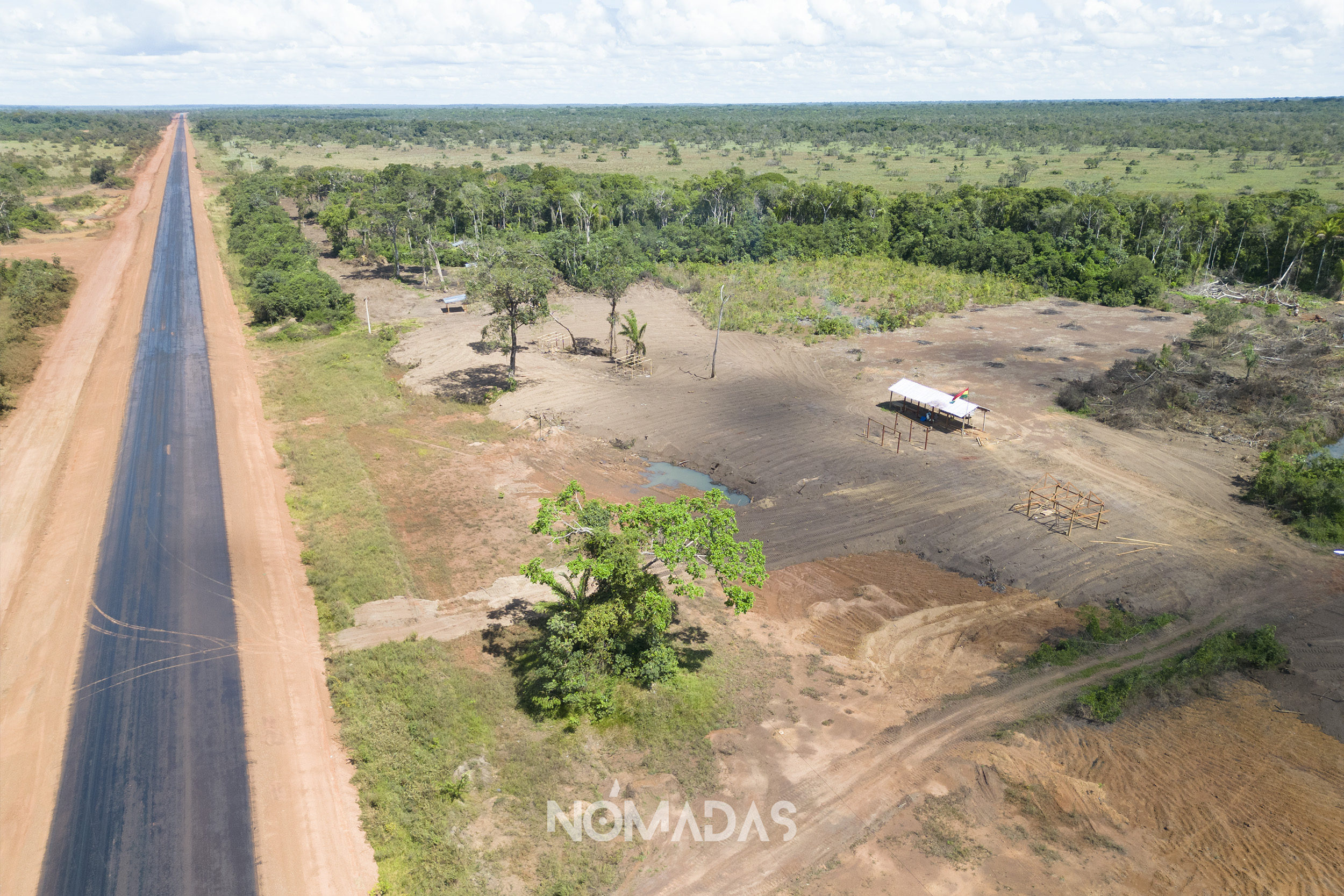
Development comes with blood. It is the blood of the wild animals of the Bolivian Amazon that is being spilled silently on the asphalt road, whose construction is advancing in the north of the country, opening the doors to new human settlements and accelerating forest-hungry agricultural expansion.
It looks like an infinite tongue, a sharp knife, a wall that splits in two the wetlands of the northern Amazon of Bolivia. It is the asphalt road that makes its way like a slow tornado, waving the flag of development, with the force of machinery and the back of men who are breaking the magic that only the forest gives, or the golden pampas that in times of rain become pockets of water destined to quench thirst when the black clouds have already gone elsewhere.
The construction of the Rurrenabaque-Riberalta road, in the Bolivian department of Beni, is a project in the hands of a Chinese company and its length of 508 kilometers gives it the title of being one of the longest stretches in the whole country.
The road under construction is an old promise of politicians who were parading through the departmental and national centers of power. The speeches went round and round on a message almost by heart, extolling the idea that development should come on the back of asphalt, without taking into account health and the impact on the environment.

As a nonprofit journalism organization, we depend on your support to fund more than 170 reporting projects every year on critical global and local issues. Donate any amount today to become a Pulitzer Center Champion and receive exclusive benefits!
The construction of the road, when it began to be a reality, was celebrated by some sectors of the cities that exist in the northern Amazon, such as Rurrenabaque and Riberalta, arguing that the new road that was beginning to take shape would allow them to stop feeling isolated and have a faster and safer route to connect with the rest of the country, to promote economic development in the region, the hope to improve the quality of life of local residents. With the promise of boosting tourism, the transport of goods, and the mobility of people, there is also a promising future for business and job opportunities in the area.
For many residents of Rurrenabaque and Riberalta, the opening of this road represents the end of a time when they felt forgotten and marginalized.
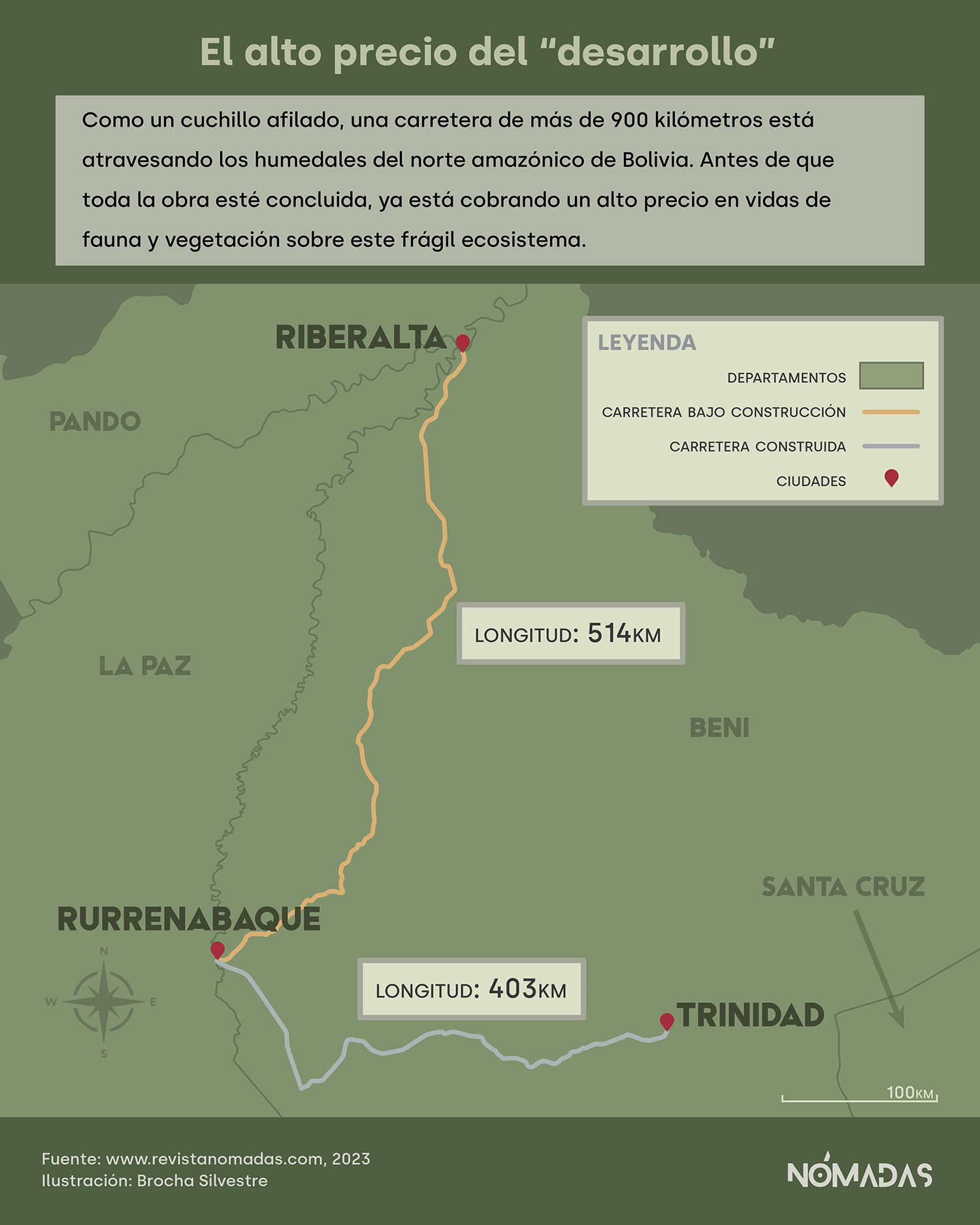
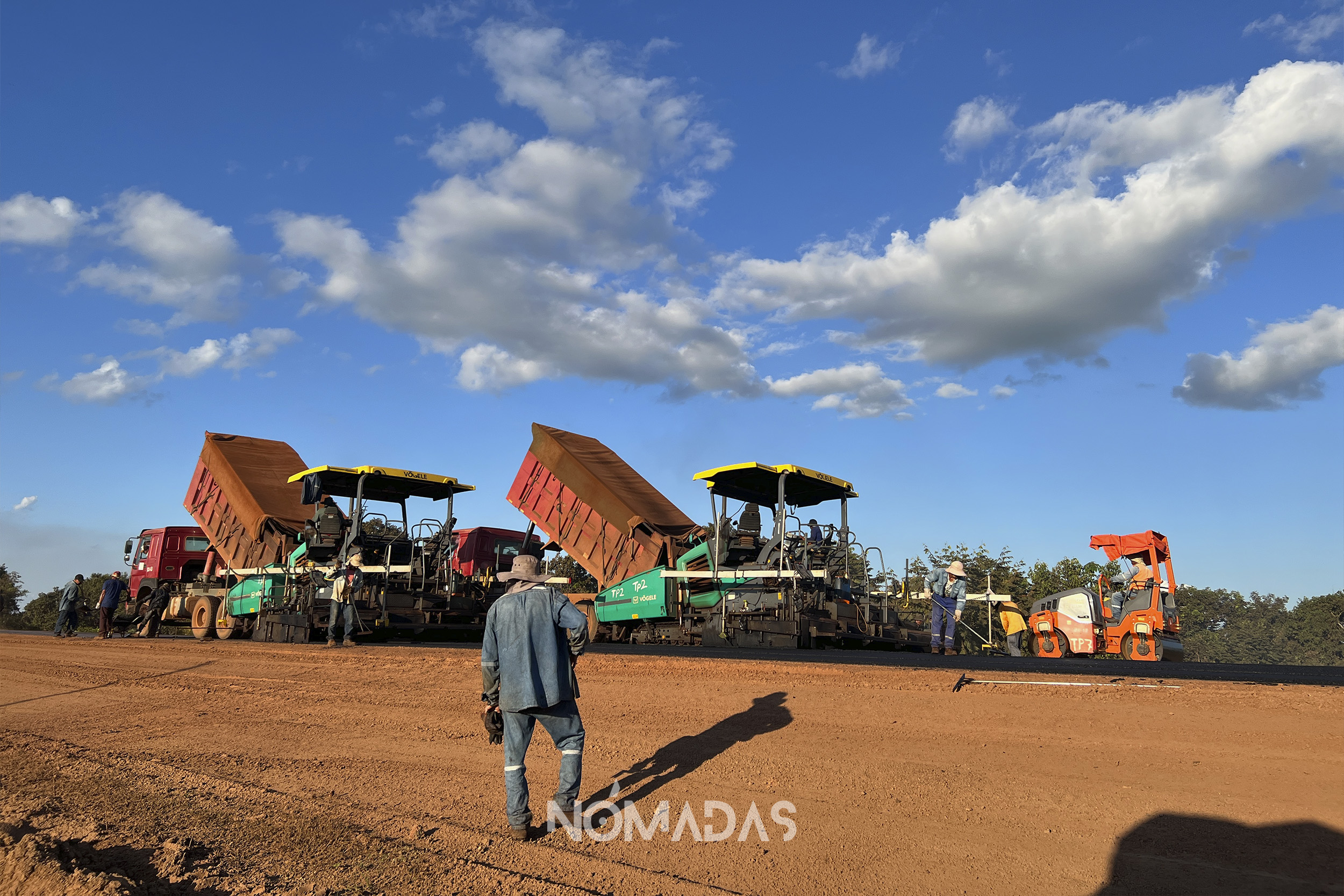
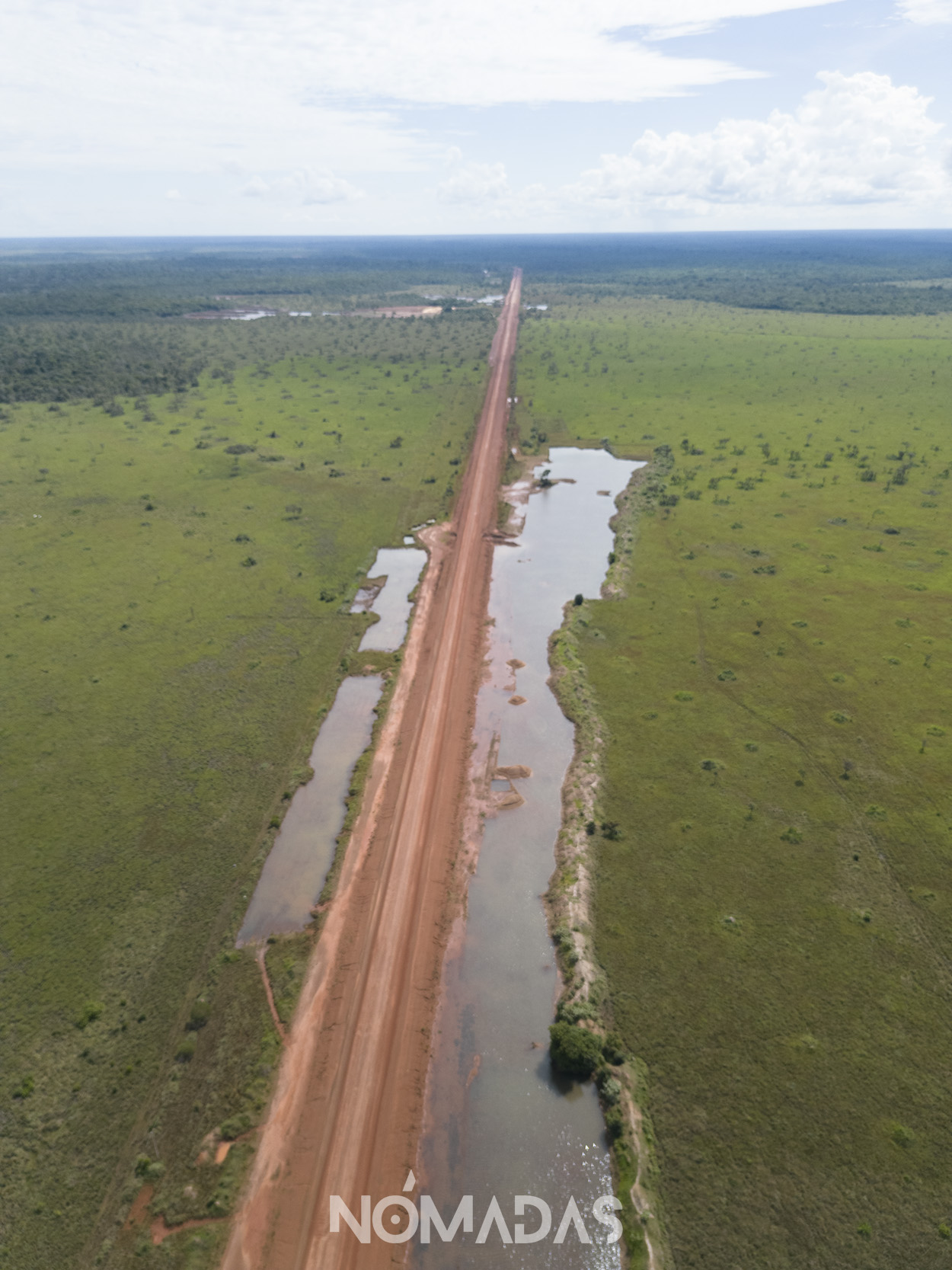
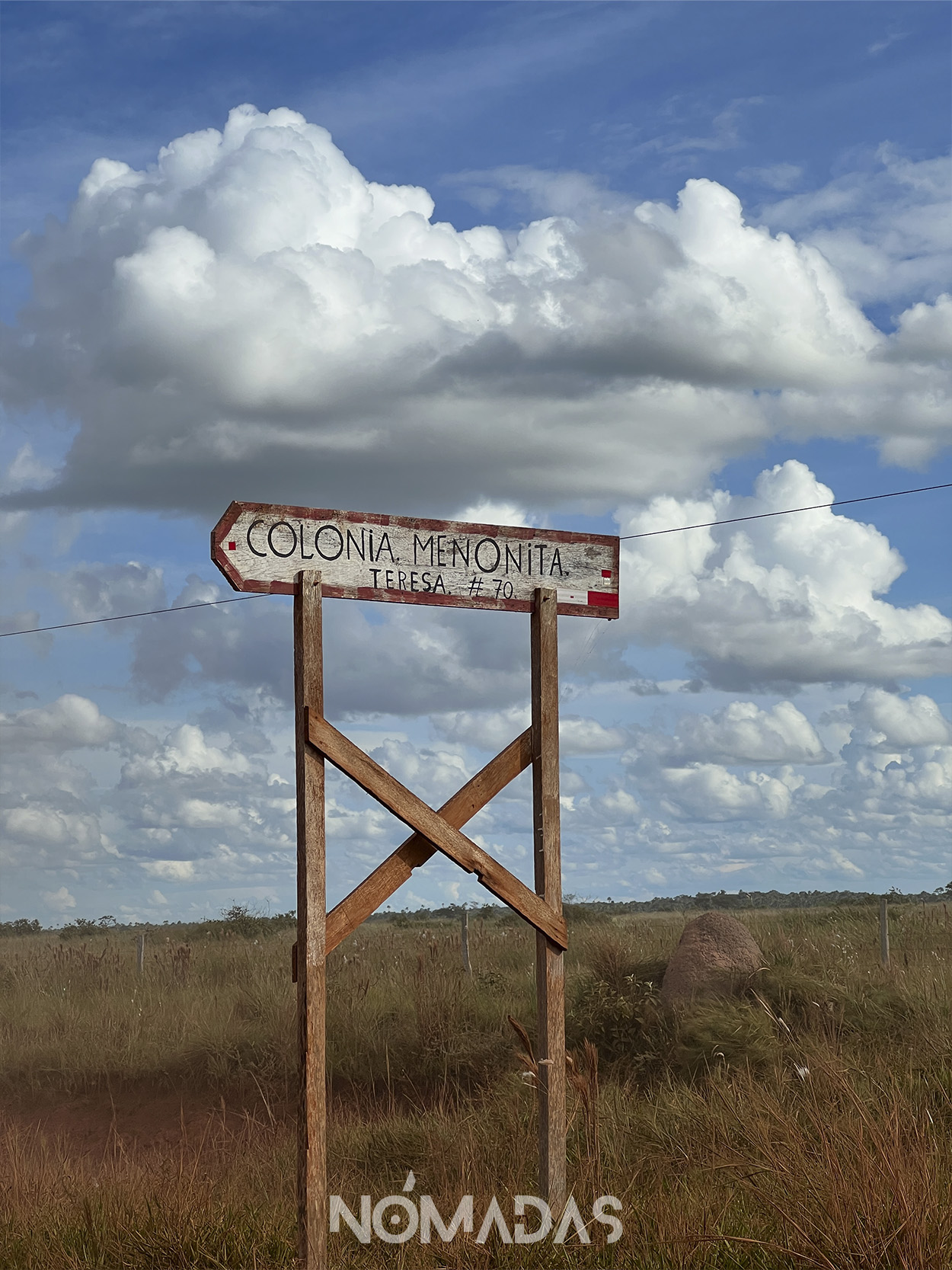
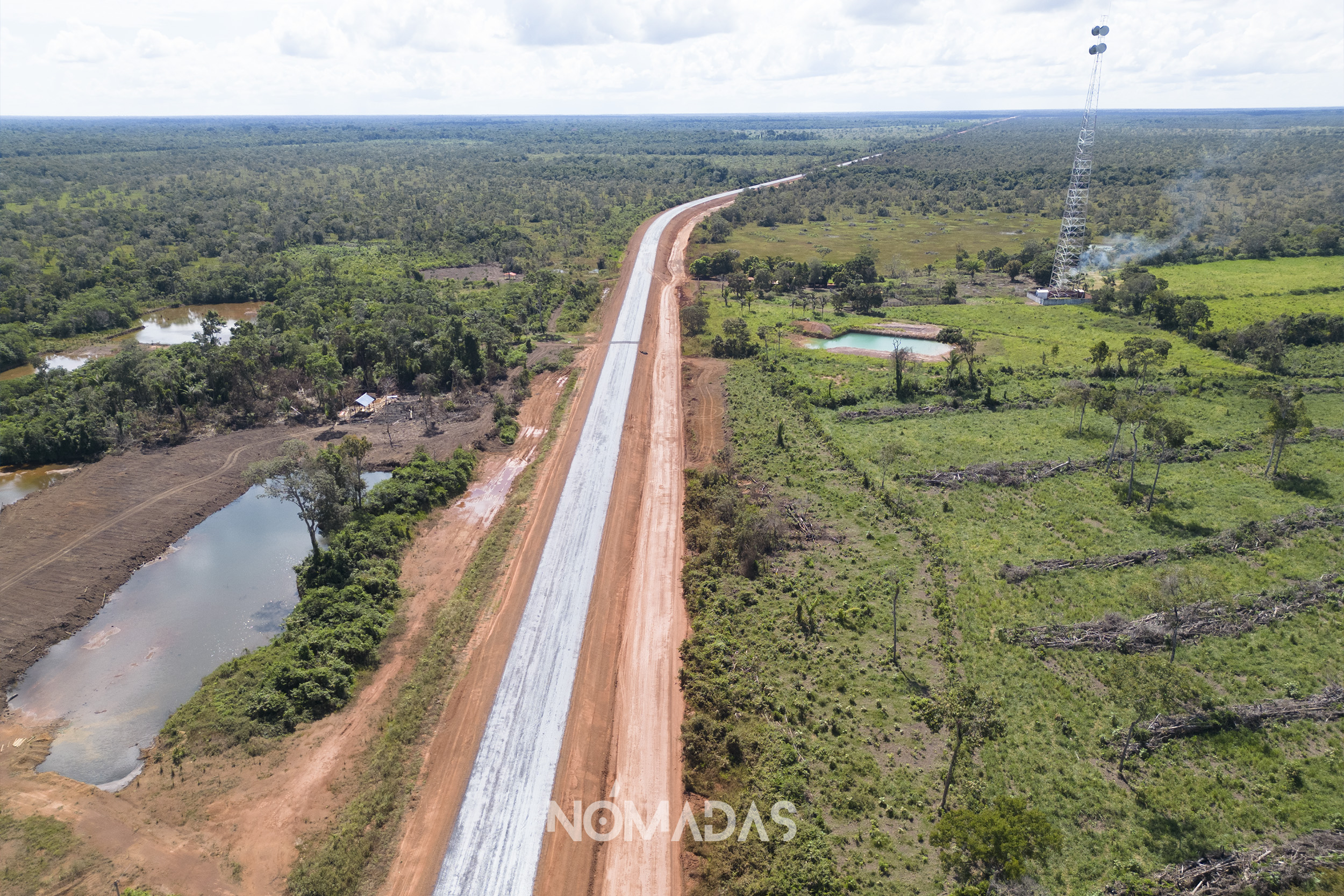
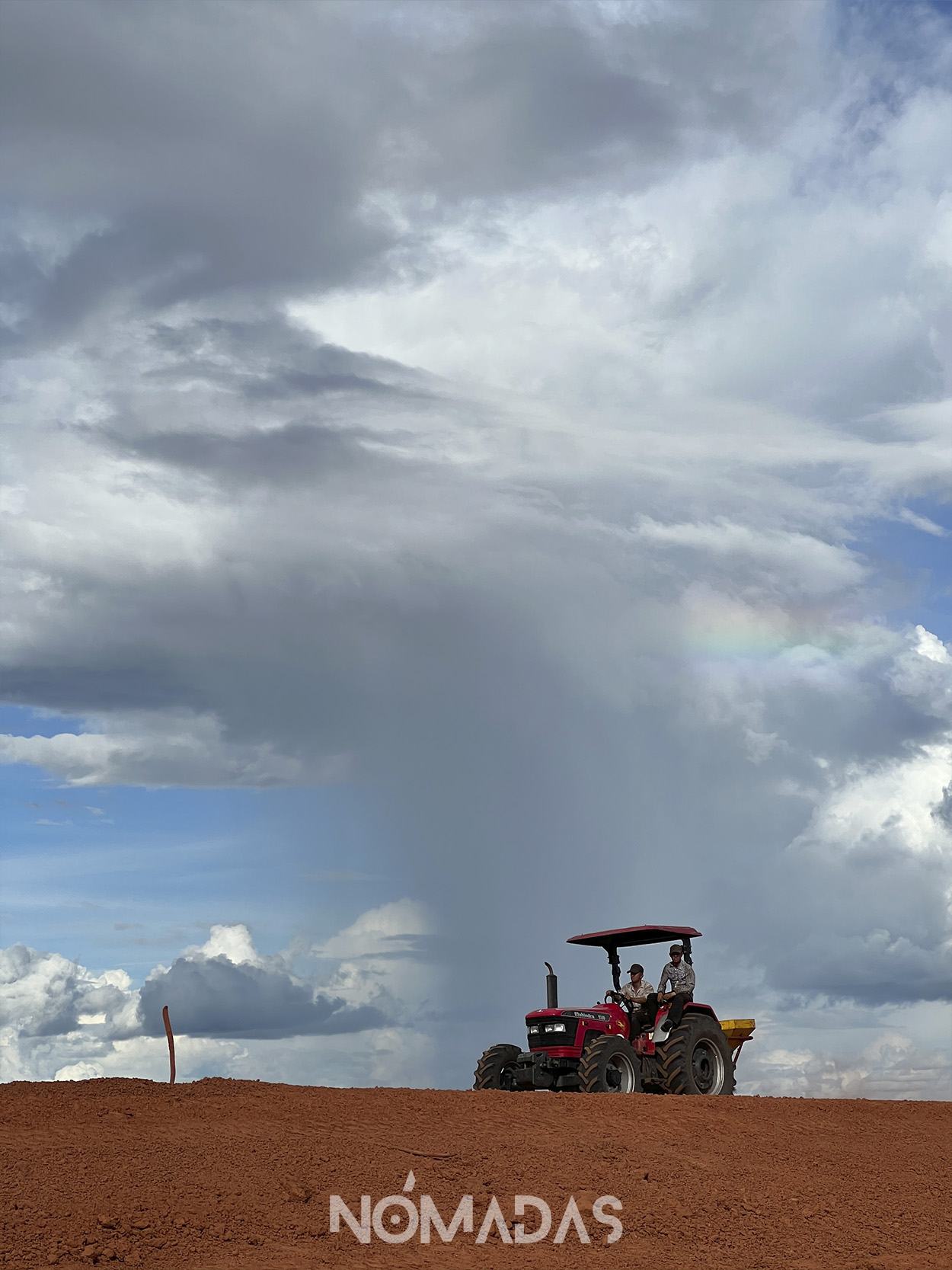
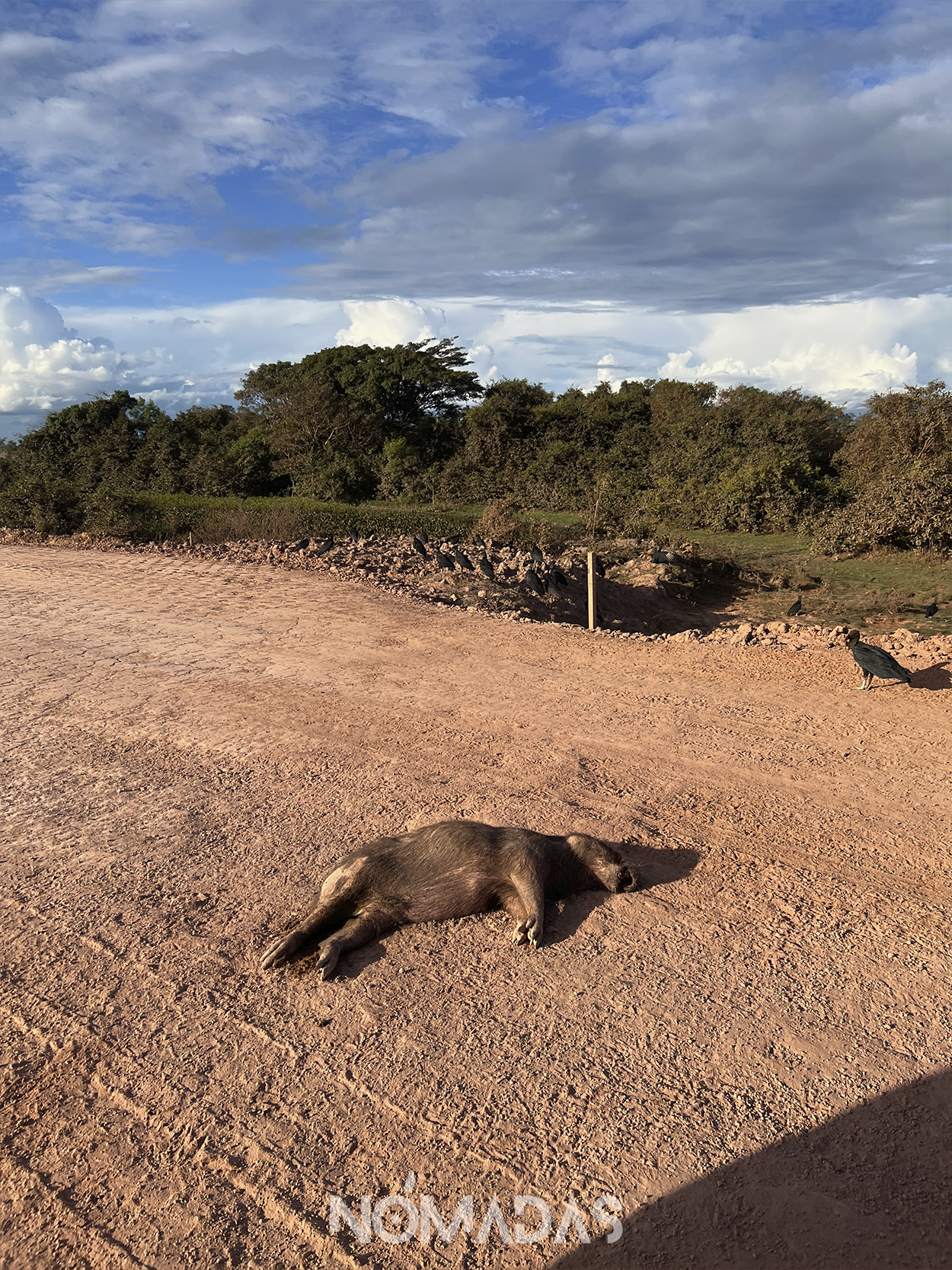
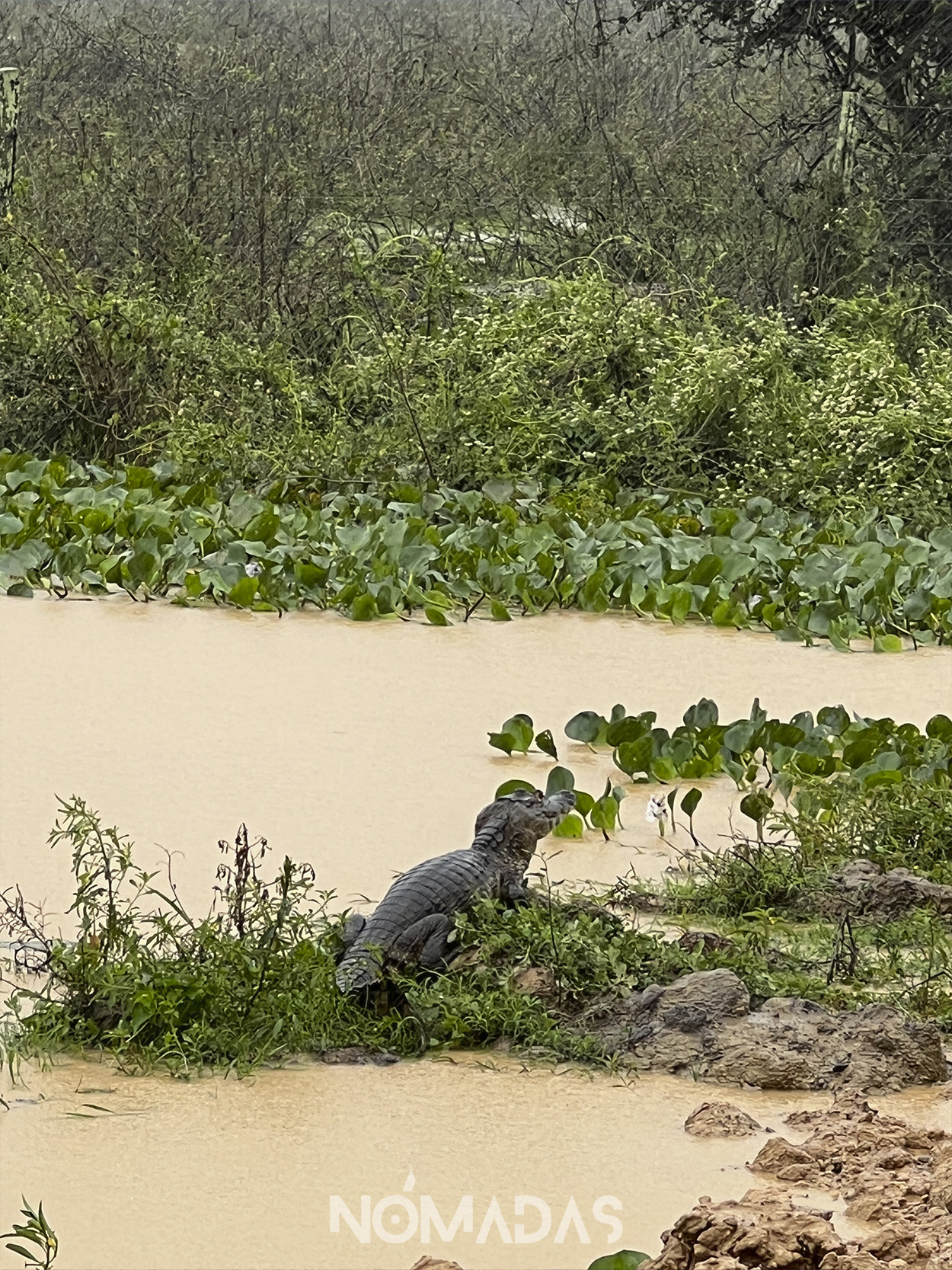
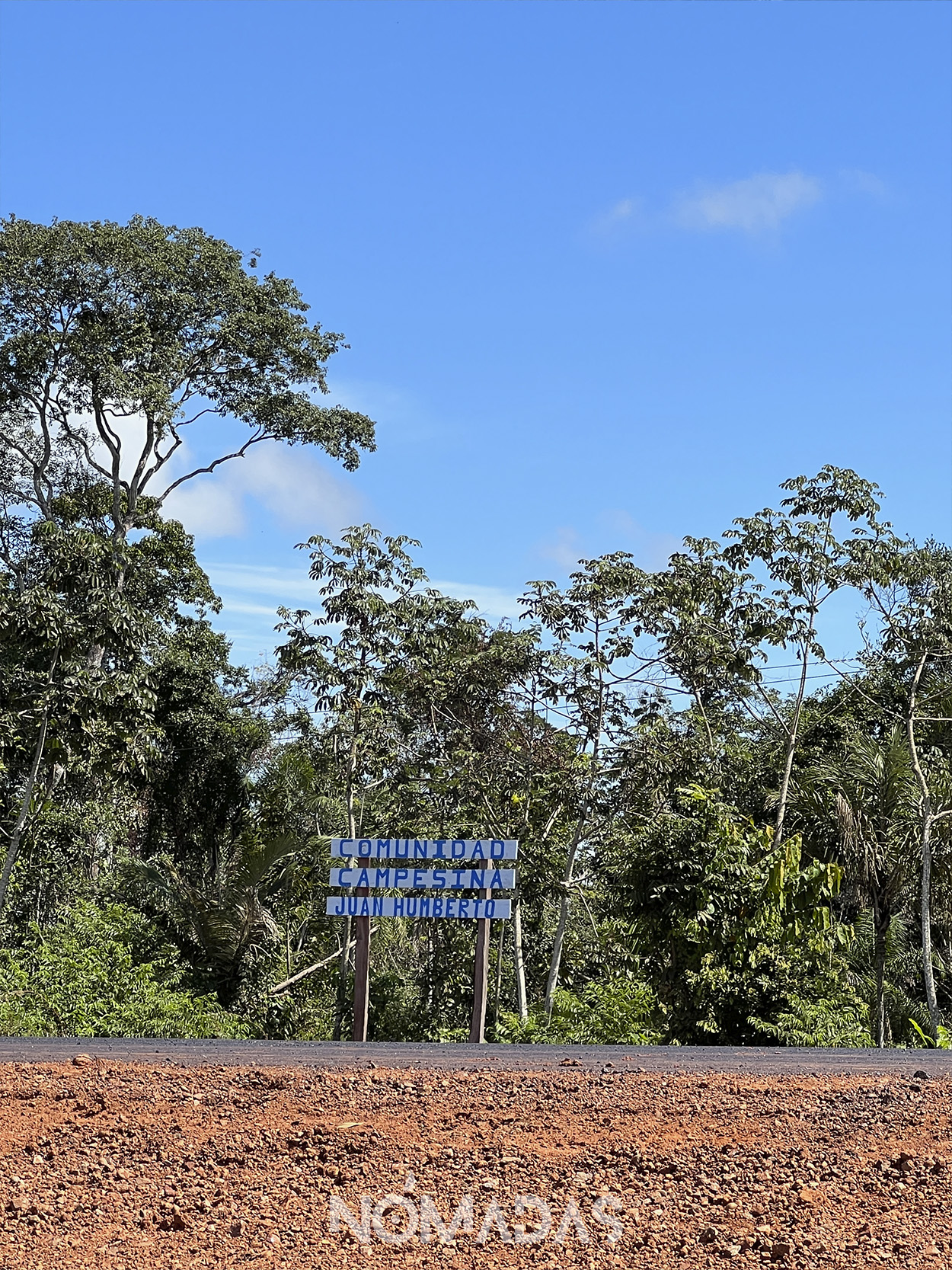
- View this story on Los Tiempos









